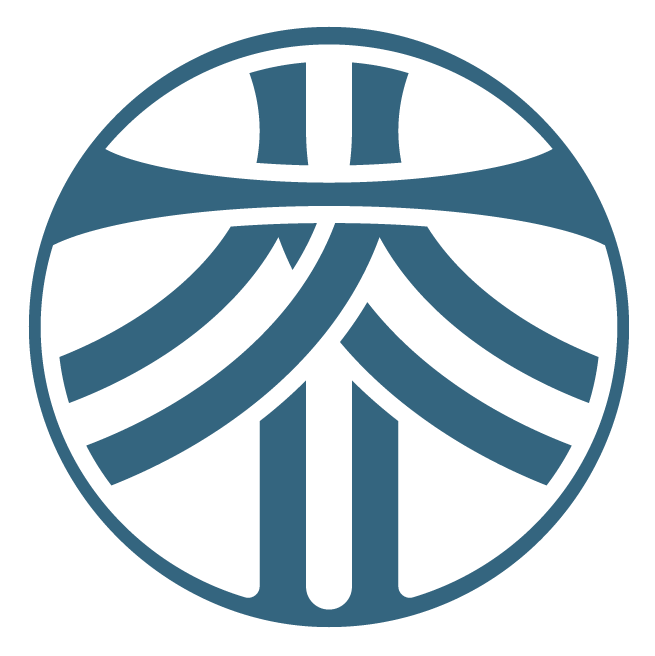Varicose Veins: Symptoms, Treatments & Surgery
Varicose veins are enlarged, twisted, and visible veins that typically appear dark purple or blue, most commonly seen in the legs.
While some people seek treatment for cosmetic reasons, varicose veins can also cause discomfort and lead to more serious complications if left unmanaged.
Options for varicose veins treatment range from lifestyle changes to compression therapy or minimally invasive surgical intervention. Early diagnosis and management are essential to help prevent them from worsening.
What Are Varicose Veins, Their Causes, and Risk Factors
Varicose veins are swollen, raised veins that typically develop just beneath the surface of the skin. Most commonly found in the legs, they develop when faulty valves or weakened vein walls allow blood to flow backward and pool, causing the veins to swell and bulge.
They are more than a cosmetic issue, as varicose veins can present with symptoms such as pain and aching, heaviness, or swelling. Untreated varicose veins can also lead to complications such as skin changes and ulcers.
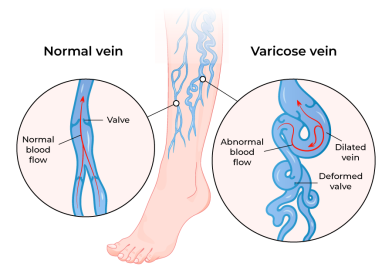
A number of factors can contribute to their development, including:
- Ageing – vein valves naturally weaken over time
- Hormonal changes – particularly during pregnancy or menopause
- Prolonged standing or sitting
- Family history – genetics can increase the risk of varicose veins
- Weight or inactivity – extra pressure or poor circulation strain the veins
- Triggers or accelerators – Smoking, long-term oestrogen therapy or previous occurrences of deep-vein thrombosis can increase the likelihood of developing varicose veins
Understanding the cause of your varicose veins and your individual risk factors can help doctors like Dr Darryl create a personalised treatment and prevention plan tailored to your needs.

Varicose Vein Symptoms
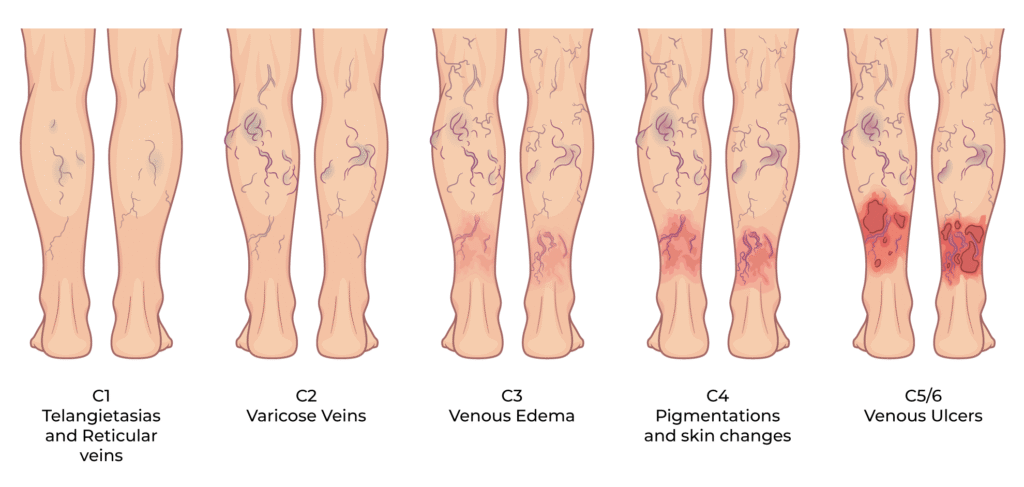
Varicose vein symptoms can vary from person to person – in some cases, the veins may not be immediately visible.
If you’re experiencing any of the following signs, it may be time to consult a doctor for an early assessment and treatment plan:
- Bulging and snakelike veins – often visible along the thighs or calves
- Dull aching or heaviness in the legs or feet – especially at the end of the day (relieved when you elevate your legs)
- Swelling in the calves or ankles – occurs in the evening, typically gone by morning
- Itchy or brownish patches – particularly discoloured skin around the ankles
- Hard, cord-like lumps along a bulging vein – may indicate clothing or inflammation

Get a Clear Diagnosis from a Specialist
Our doctor can help assess your condition with a quick and painless vein scan and guide you through your treatment options from there.
Varicose Vein Treatments
Varicose veins treatment depends on the severity of the symptoms, the vein structure, and diagnostic scan results. In many cases, early intervention allows minimally invasive options. For more advanced cases, varicose vein surgery may be recommended.
All varicose vein treatments in our clinic are performed by Dr Darryl Lim, who specialises in endovascular procedures and minimally invasive vascular care.
Ideal for: Leaking long or short saphenous trunks with obvious bulging veins
How it works: A thin catheter is inserted into the faulty vein wall and gently heats it to about 120°C. This causes the vein to collapse and be reabsorbed by the body over time, with the blood naturally rerouted to healthy veins.
The procedure takes about 20 minutes per leg and is performed as a minimally invasive outpatient procedure, with minimal pain and discomfort.
Ideal for: Leaking long or short saphenous veins located close to nerves, where “no-heat” treatment is preferred
How it works: A rotating wire combined with a low-dose sclerosant irritates and closes the faulty vein shut. Patients describe it as a mild vibration rather than pain.
This is a minimally invasive outpatient procedure often performed under local anaesthesia, and often results in a quicker return to normal activities.
Mini-phlebectomy (Ambulatory Phlebectomy)
Ideal for: Large, rope-like varicose veins that remain after the main veins have been treated
How it works: Small 2-3 mm incisions are made to gently remove the diseased vein segments. Most cases do not require stitches, only adhesive strips. Some bruising is expected after the procedure, which usually fades within 3 weeks.
This is a minimally invasive outpatient procedure performed under local anaesthesia and often used to remove varicose veins too large to treat with other methods.
Medisave and insurance claims are available for eligible procedures. Speak with us for more information.
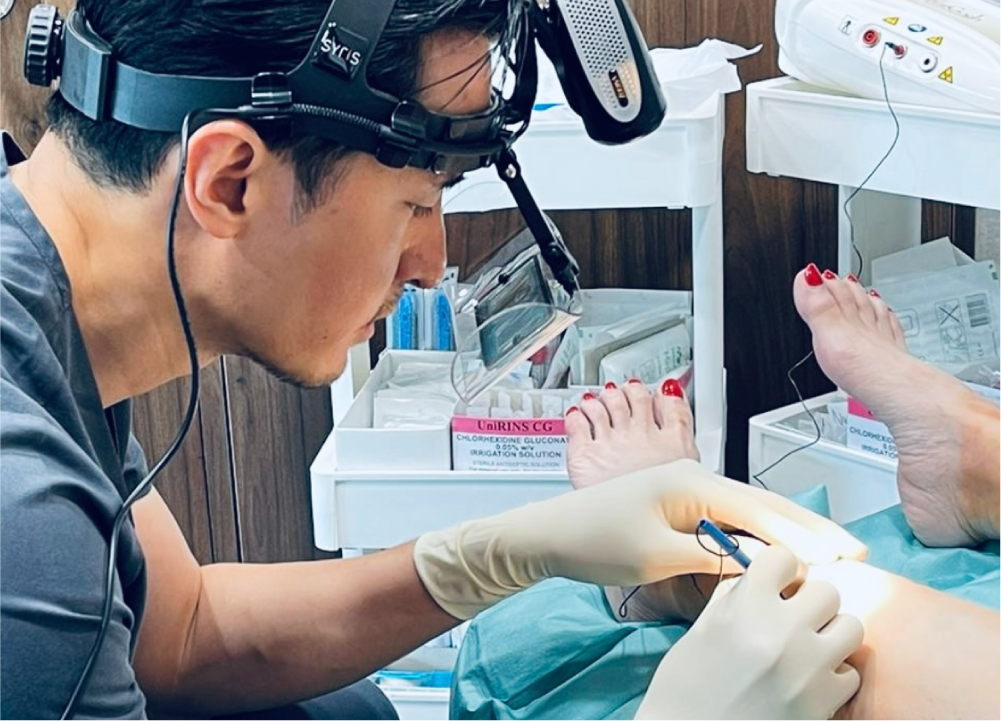
Determine The Right Treatment Plan for You
These are some of the most common and effective treatments for varicose veins, but there are additional methods tailored to individual cases. A thorough consultation with Dr Darryl Lim will help determine the best approach for your specific condition.
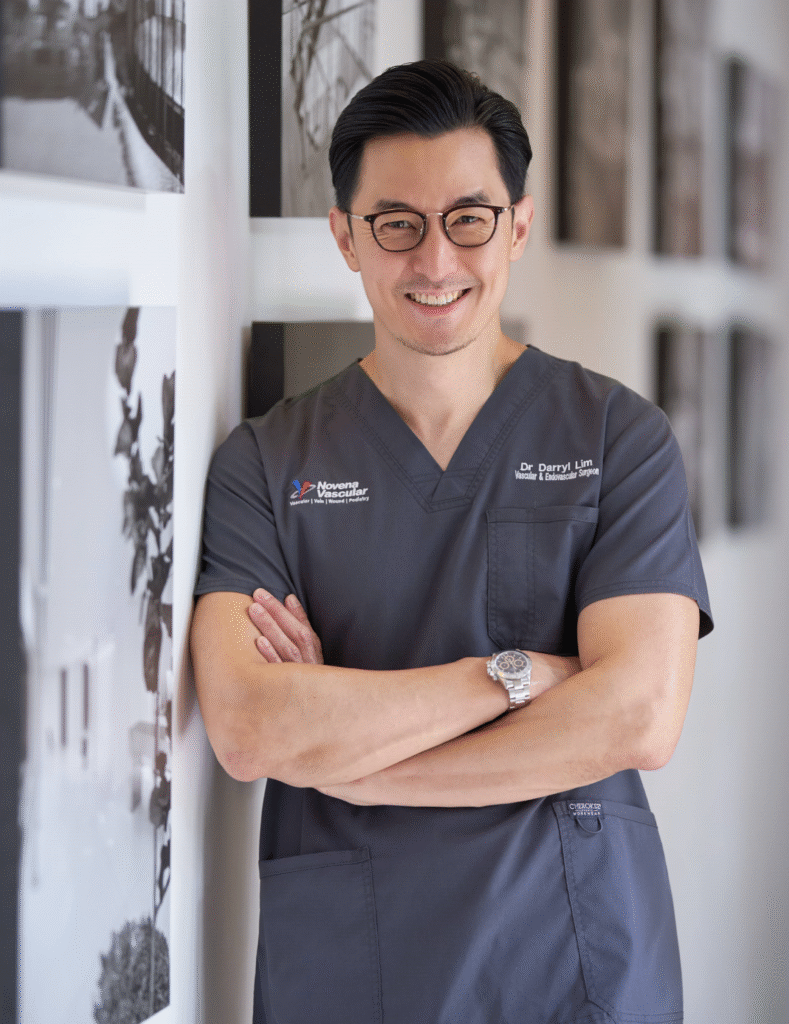
Why Choose Dr Darryl Lim
Dr Darryl Lim has years of experience caring for patients with complex vascular conditions. He previously served as Director of a high-volume vascular unit and later as a Service Chief at the SingHealth-Duke NUS Vascular Centre. Recognised as a vascular specialist by the Singapore Medical Council since 2015, he was also a Fellow of the Royal College of Surgeons of Edinburgh and the Academy of Medicine Singapore. Patients value his combination of expertise, compassion, and dedication to helping them achieve the best possible outcomes.
Dr Darryl has performed more than 3,000 interventional endovascular procedures to date. His approach allows patients to deal directly with him instead of a revolving team of doctors, from their first ultrasound to post-surgical consultations.
His expertise extends beyond varicose veins to include treatment of aortic aneurysms, peripheral vascular disease, and dialysis-access issues. This broad scope gives him a sharp eye for circulation problems that might otherwise be missed. Should other concerns arise, he promptly coordinates with your GP, endocrinologist, or cardiologist, ensuring that all your care providers stay informed and work together seamlessly.
See Dr Darryl for a Vein Assessment
Varicose veins often respond better when addressed early. If you’re noticing signs of vein issues, book an assessment with Dr Darryl Lim to better understand your condition and explore suitable next steps.
FAQs on Varicose Veins
Varicose veins are usually not life-threatening. However, if left untreated, they can sometimes lead to problems such as bleeding, skin changes, or even ulcers on the lower leg. While these complications don’t happen to everyone, it’s best to have your veins checked by a healthcare professional so you can understand your condition and explore treatment options early.
Approximately half of the population has some form of venous disease, while varicose veins affect one out of two people aged 50 and older, and 15-25% of all adults. On average, 18% of men and 25% of women develop varicose veins. Varicose veins are one of the most common venous issues affecting the world today.
Most insurance plans cover treatment for symptomatic varicose veins, as they are considered a medical condition. However, coverage varies depending on your provider and policy, so it’s best to check with your insurer to confirm your benefits.
Yes. There is a possibility that new varicose veins may develop over time even after successful treatment, particularly if underlying risk factors are not addressed. Risk of recurrence is usually around 5-10%.
This depends on the type of treatment you undergo. For minimally invasive treatments, most people can return to normal activities relatively quickly in a day or two. Vigorous exercise is usually not recommended till 2 weeks post-surgery. Traditional open surgical treatments may require a longer period for full recovery.
